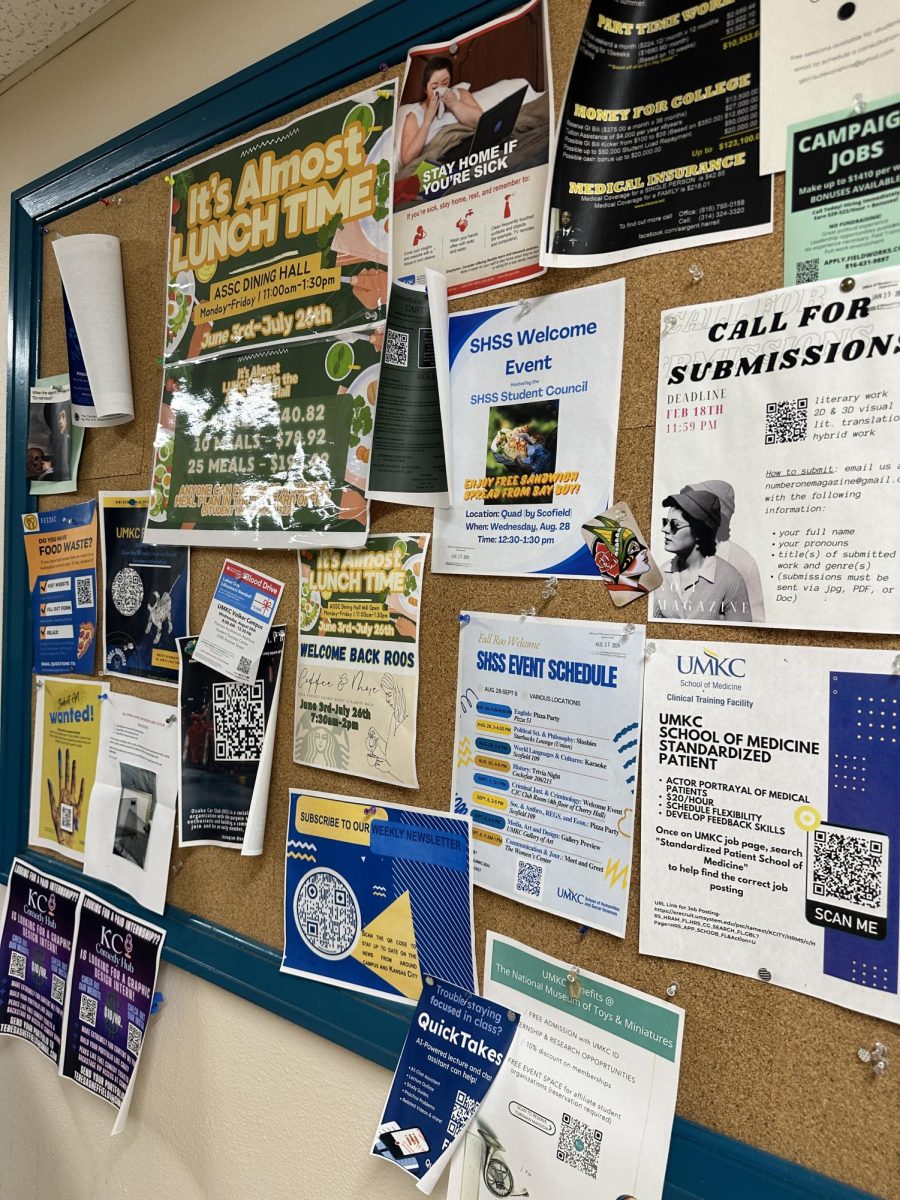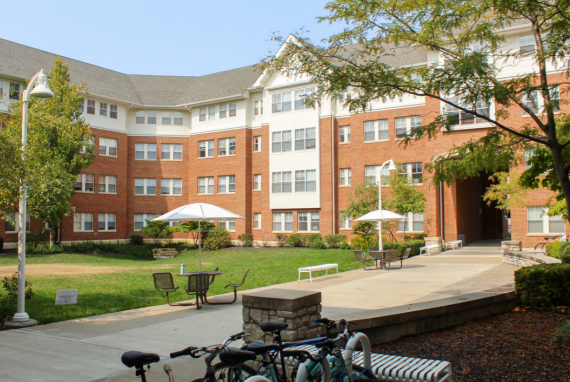Nancy Merz, Director of UMKC Financial Aid and Scholarships, cautions against excessive borrowing.
When federal student aid was created in the 1960s, Merz said, the idea was for students to borrow to cover the cost of attending school.
“Now, people use it to live on,” she said.
Merz said financial aid at UMKC is awarded to students based on more than 300 different budgets. Each budget varies based on factors such as a student’s degree program and certain cost of living measures like food and transportation, which vary for students who live on and off-campus.
Loans were taken out by 75 percent of UMKC’s graduating senior class in spring 2012. They averaged $28,000 in debt each, according to Merz.
The $106 million borrowed by more than 10,000 UMKC students in 2011 is a small chunk of more than $1 trillion in aggregate student debt, according to the Federal Reserve Bank.
The Fed also found that student debt has increased by $293 billion since 2008, and it became the second-greatest form of consumer debt after mortgages in 2010, surpassing credit cards.
A report by FICO Labs found that since 2005, the delinquency rate on federal student loans has increased 22 percent. This was eclipsed by the growth of student loan debt during the same period of time—58 percent.
“We can’t deny anyone who’s eligible for a loan,” Merz said.
Online entrance and exit counseling is required of students who borrow at UMKC, but there is no credit check, except for PLUS loans. Any student is eligible to borrow if he or she is not incarcerated or in default on previous federal student loans.
Students in the Six-Year Medical Program at UMKC must pass financial literacy training, but no such requirement exists for undergraduate students.
While undergraduate borrowing limits are significantly lower than those for health professional or graduate students, repayment and interest are frequently an afterthought.
Students often see loans as quick cash, not long-term debt that can accumulate thousands of dollars in interest.
“Before the economy went bad, I think students were more careful,” Merz said. “After the economy crashed, borrowing became a safety net because parents could no longer help.”
nzoschke@unews.com







